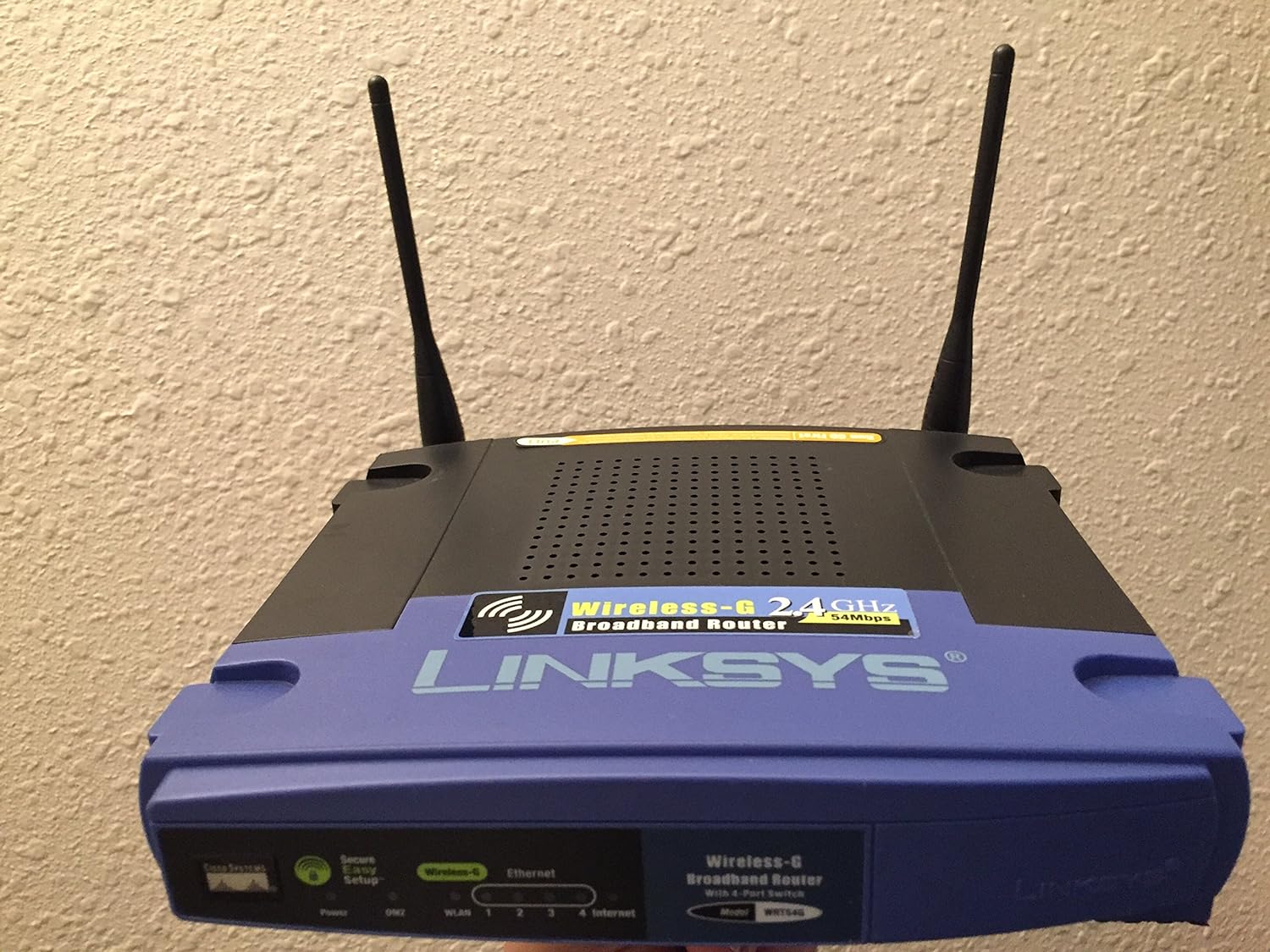Have you ever experienced being connected to Wifi but not having internet access? Here are some troubleshooting fixes to help resolve this frustrating issue.
Restart Your Router or Modem
If you are experiencing issues with your Wi-Fi connection despite being connected, a simple fix you can try is restarting your router or modem. Sometimes, a quick reset can resolve connectivity problems and get your internet back up and running.
To restart your router or modem, locate the power button or unplug the device from the power source. Wait for about 30 seconds before plugging it back in or turning it back on. This will give the device enough time to fully power down and reset.
Once the device has restarted, wait for a few minutes to allow it to reconnect to the internet and establish a stable connection. You can then try reconnecting to your Wi-Fi network to see if the issue has been resolved.
If restarting your router or modem does not fix the problem, you may need to consider other troubleshooting steps to identify the root cause of the connectivity issue.
Check Your Hardware and Cables
| Hardware/Cable | Description | Fix |
|---|---|---|
| Router | Make sure your router is powered on and functioning properly | Restart your router or contact your internet service provider |
| Modem | Check if your modem is connected to the internet | Reset your modem or contact your internet service provider |
| Ethernet Cable | Ensure that your Ethernet cable is securely connected to your device and router | Replace the Ethernet cable if damaged |
| WiFi Adapter | Check if your WiFi adapter is enabled and functioning properly | Update the drivers for your WiFi adapter |
Update or Flush DNS and Drivers
Updating DNS involves refreshing the information that helps your device connect to the internet. To do this, open the Command Prompt on Windows or Terminal on MacOS and type “ipconfig /flushdns” to clear the DNS cache.
Updating drivers ensures that your network adapter is functioning properly. Go to the Device Manager on Windows or Network Preferences on MacOS to check for any driver updates. Install the latest versions if available.
After updating or flushing DNS and drivers, restart your device to apply the changes. This simple troubleshooting step can often resolve WiFi connectivity issues and get you back online quickly.
Run Network Troubleshooter Tools
If you are experiencing connectivity problems with your Wi-Fi network, try running the network troubleshooter by right-clicking on the network icon in the system tray and selecting “Troubleshoot problems”. This will initiate a diagnostic scan of your network settings and connections to identify any issues that may be causing the problem.
Additionally, you can reset your network settings by going to the Control Panel, selecting “Network and Sharing Center,” and clicking on “Change adapter settings.” From there, right-click on your network connection and select “Disable,” then right-click again and select “Enable” to reset the connection.
If you are still experiencing connectivity issues after running the network troubleshooter and resetting your network settings, you may need to check for interference from other devices or networks in your area. Devices such as cordless phones, microwaves, and baby monitors can all cause interference with your Wi-Fi signal, so try moving your router to a different location or changing the channel on your router settings to avoid interference.
Reposition Your Router for Better Signal
If you’re experiencing internet connectivity issues, try repositioning your router for a better signal. Place your router in a central location in your home to ensure optimal coverage throughout. Avoid placing it near walls, metal objects, or other electronics that could interfere with the signal. Keep the router elevated off the ground to improve signal strength.
Adjust the antennas on your router to point them in different directions and experiment with their positioning for better coverage. If possible, try to avoid obstacles like concrete walls or metal surfaces that can weaken the signal. Consider upgrading to a dual-band router that can operate on both the 2.4 GHz and 5 GHz frequencies for faster speeds and more reliable connections.
By repositioning your router strategically, you can improve your internet connectivity and eliminate any issues with signal strength.
Switch Between Wi-Fi Bands (2.4 GHz and 5 GHz)

Choose the band you want to switch to, either 2.4 GHz or 5 GHz, and save your settings. Keep in mind that the 2.4 GHz band has a longer range but can be more susceptible to interference from other devices like microwaves and cordless phones. The 5 GHz band offers faster speeds but has a shorter range.
After switching bands, reconnect your device to the Wi-Fi network. Make sure your device is set to automatically switch between bands if needed. This can help ensure a stable internet connection regardless of the band being used.
Use a Different Ethernet or Wi-Fi Channel
If you are experiencing connectivity issues, try switching to a different Ethernet or Wi-Fi channel to improve your internet connection.
For Wi-Fi:
1. Access your router’s settings by typing the IP address into your web browser.
2. Locate the wireless settings and look for the channel option.
3. Change the channel to a less congested one, ideally away from the default channels used by most routers.
For Ethernet:
1. Disconnect the Ethernet cable from your device and router.
2. Reconnect the cable to a different port on your router.
3. Check if this resolves the connectivity issue.
By using a different channel for your Ethernet or Wi-Fi connection, you may be able to avoid interference and improve your internet access.
Secure and Scan Your Network for Issues
Next, run a network scan to check for any potential issues. Use tools like NetSpot or Wi-Fi Analyzer to identify any interference that could be causing connectivity problems. Check for overlapping networks in your area that could be affecting your signal.
If you’re still experiencing connectivity issues, reboot your router to refresh the connection. Check for physical obstructions that could be blocking the signal, such as walls or furniture. Move your router to a central location in your home to improve coverage.
Contact Your Internet Service Provider
Additionally, you can try rebooting your router by unplugging it for 30 seconds and then plugging it back in. This can often resolve connectivity issues by resetting the network connection.
If the problem persists, check for any service outages in your area. Your ISP may have posted information about any ongoing maintenance or technical difficulties that could be affecting your internet connection.
If all else fails, your ISP may need to send a technician to your location to diagnose and fix the issue. Be sure to provide them with any relevant information about your setup, such as the type of router you are using and any recent changes to your network configuration.
Clear Conflicting Software or Turn Off Antivirus
If you are still experiencing connectivity problems after disabling conflicting software, try restarting your router. Unplug the router for 30 seconds, then plug it back in and wait for it to fully boot up before trying to connect again. This can often resolve network issues by resetting the connection.
If the problem persists, try moving closer to the router to ensure a stronger signal. Physical obstacles like concrete walls, metal objects, or other electronic devices can interfere with the signal strength, leading to connectivity problems. By moving closer to the router, you can eliminate potential obstructions and improve your connection.
Check for Internet Outages or Low Speed Issues
If you are experiencing internet connectivity issues, start by checking for internet outages in your area. Visit your internet service provider’s website or social media accounts to see if there are any reported outages affecting your connection.
Test your internet speed using an online speed test tool to see if you are getting the speed you are paying for. Slow speed could indicate an issue with your internet service.
If you are using Wi-Fi, try connecting your device directly to the router using an Ethernet cable to see if the issue is with the Wi-Fi connection. This can help determine if the problem is with the Wi-Fi signal or the internet itself.
Restart your router and modem by unplugging them for about 30 seconds and then plugging them back in. This can help reset the connection and resolve any temporary issues causing the lack of internet access.
If you are still experiencing issues, contact your internet service provider for further assistance. They may be able to troubleshoot the problem remotely or send a technician to your location to resolve the issue.
Reset Network Settings on Your Computer
Step 1: Go to your computer’s settings.
Step 2: Look for the option to reset network settings.
Step 3: Click on the reset button and confirm the action.
Resetting network settings can help resolve issues with connectivity and get your internet back up and running smoothly.
Ensure Your Network Equipment Isn’t Obsolete

Consider investing in newer routers or network adapters that support the latest radio frequencies to improve your connection. Upgrading your equipment can help prevent interference from other devices like microwaves, cordless telephones, or baby monitors that operate on the same radio wave frequencies. This can help improve your overall internet connection and reduce disruptions.
If you’re still experiencing issues, it may be time to consult with a professional to assess your network setup and make necessary adjustments. Keeping your network equipment up-to-date is essential in ensuring a stable and reliable internet connection for all your devices.
FAQs
Why is my Wi-Fi connected but no Internet access?
Your Wi-Fi may be connected but you have no internet access due to possible issues with your router, modem, or cables. Other technical reasons can also cause this problem.
Why is my LAN connected but no internet?
Your LAN may be connected but there may be no internet due to potential issues with the Ethernet connection. Try disabling and enabling the Ethernet adapter, checking for any loose connections, and inspecting the Ethernet cable for damage.
